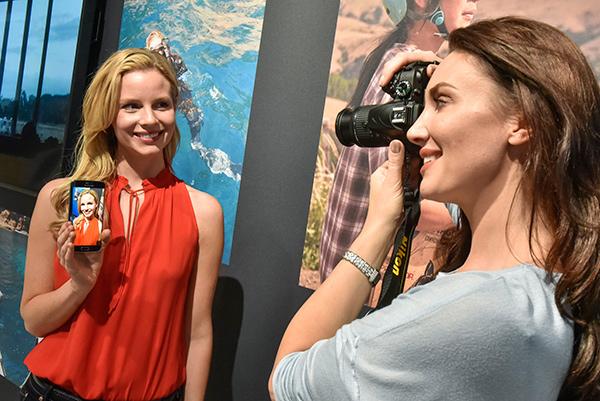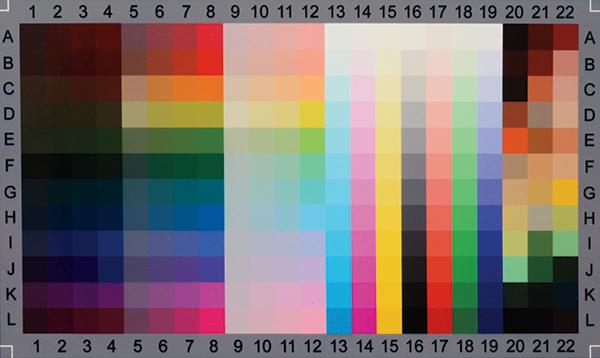Seth Shostak
|
Sep 07, 2017
|
Aug 09, 2017
|
Jun 23, 2017
|
Jun 02, 2017
|
May 04, 2017
|
Mar 17, 2017
|
Feb 21, 2017
|
Jan 31, 2017
|
Dec 27, 2016











